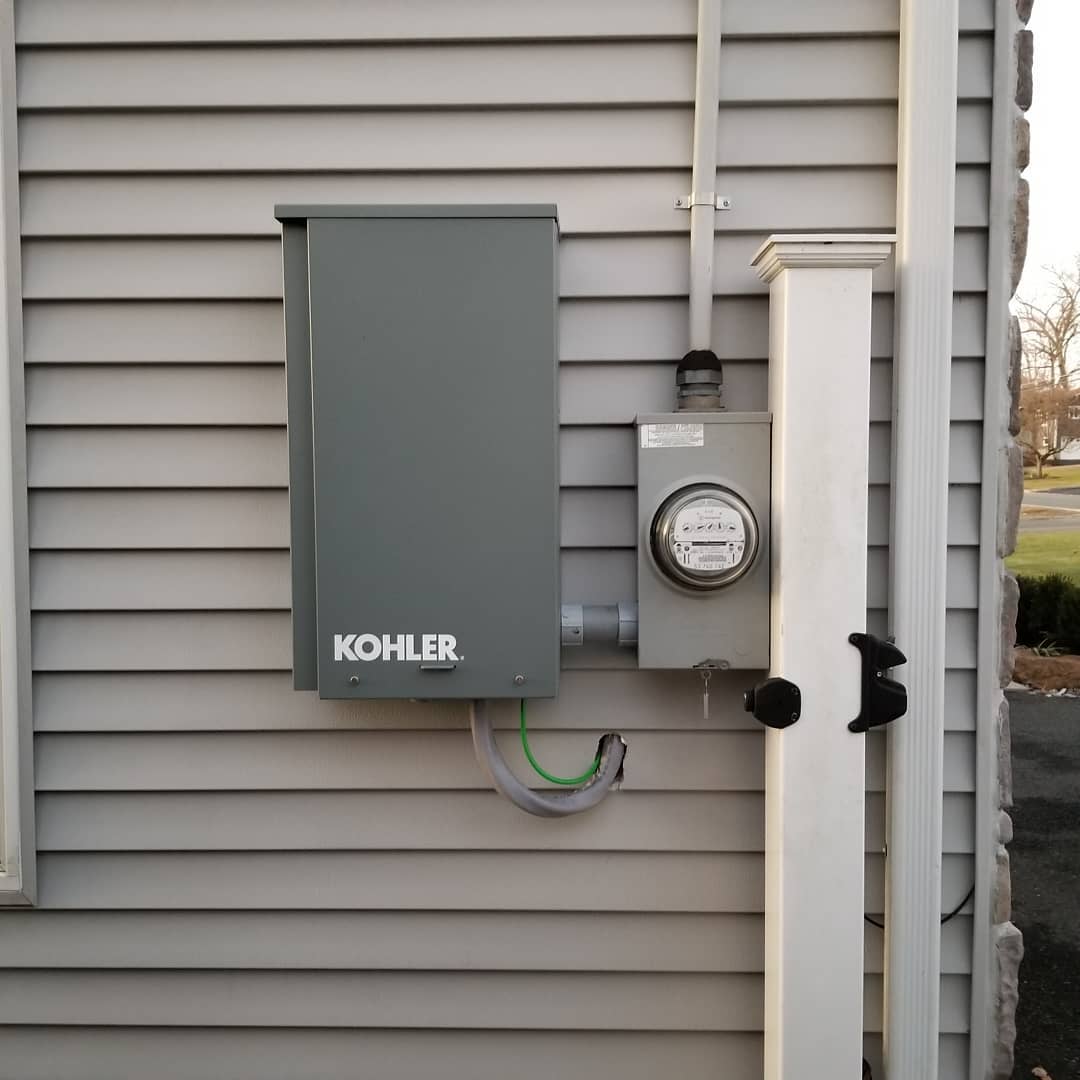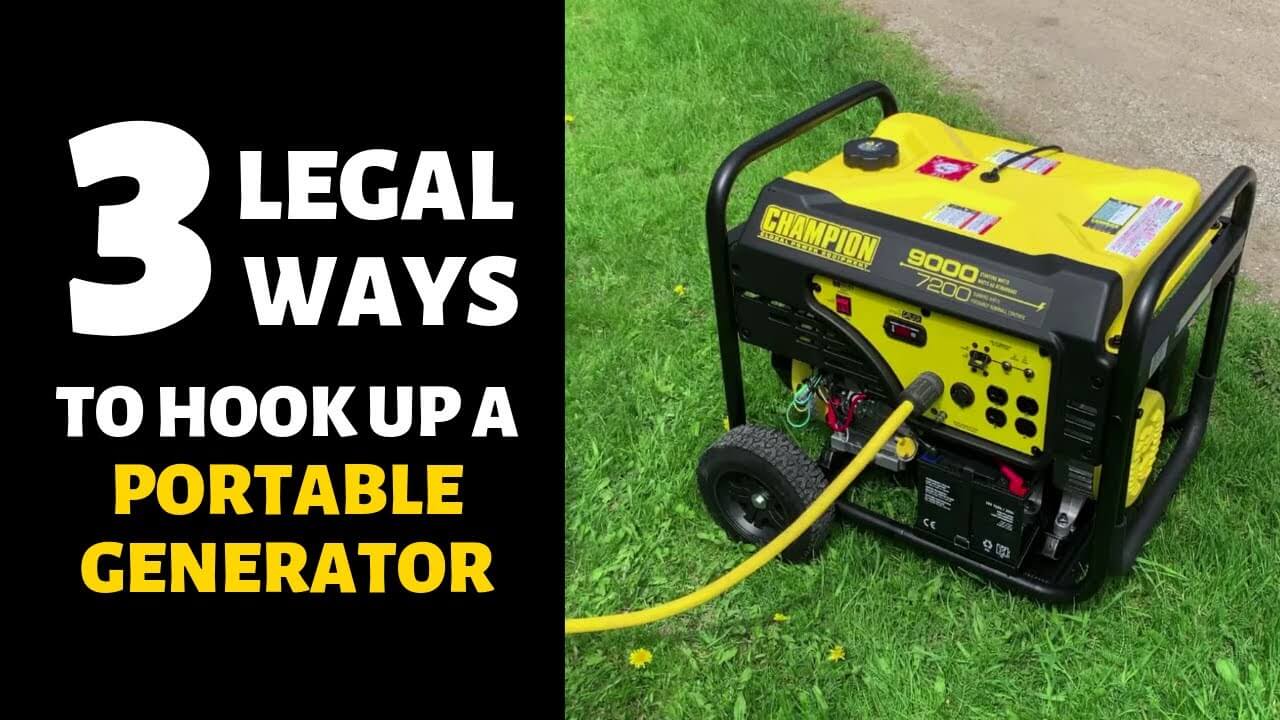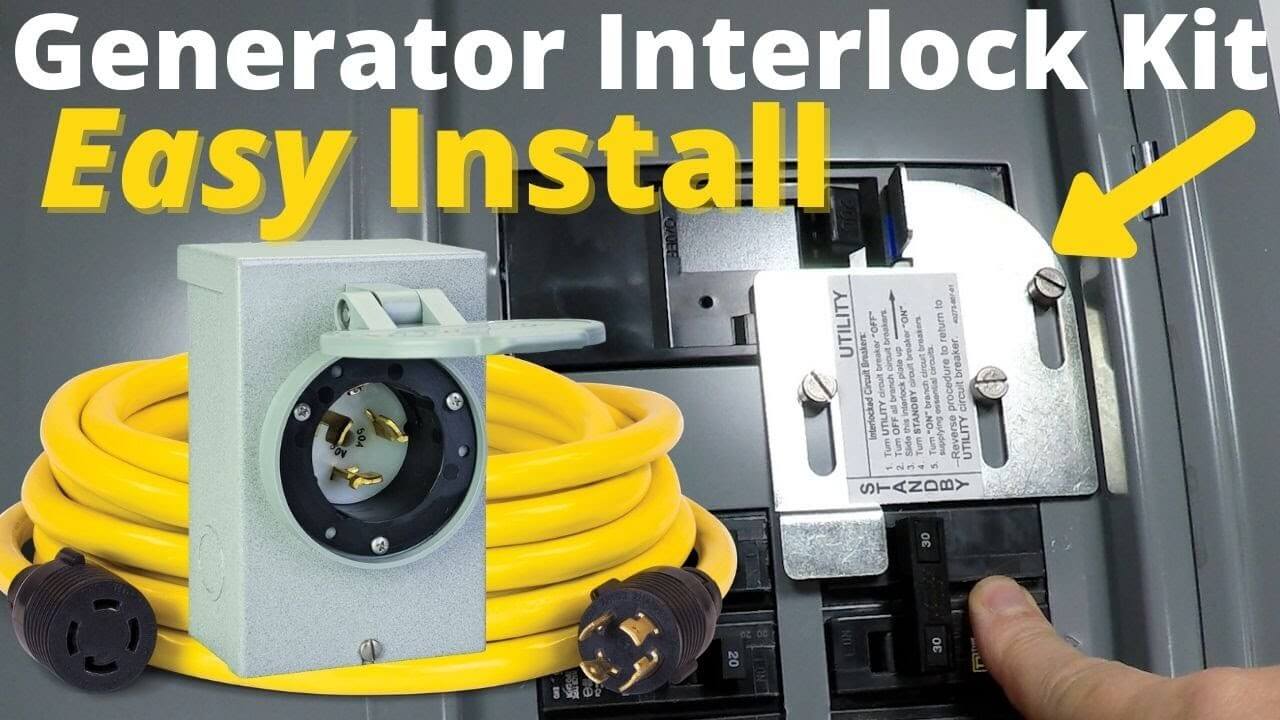How to Hook Up a Generator to Your House With or Without a Transfer Switch
In an essential services emergency situation causing power disruptions, you have three safe and viable options on how to hook up a generator to your house with or without a transfer switch.
Each of these devices will prevent electricity generated via your generator from flowing back to grid power. These basic devices provide an essential safety feature to prevent electrical backfeed potentially endangering people who may be working on those utilities during a power outage.
A transfer switch or interlock device is a crucial aspect of running a home generator safely (and, in many states, legally). The transfer switch isolates the electrical load, allowing your home to run off of municipal power or generator power, without mixing the two.
But how do you install any one of these devices to safely run your expensive portable or home generator? Let’s break it down.
How to Hook Up a Generator to Your House?
First, you’ll need a transfer switch and cables. You can opt for either a manual or automatic transfer switch. It’s entirely up to you, and if cost is a major consideration, an automatic transfer switch is a cheaper and far superior option.
A professionally installed automatic transfer switch is the best and safest way to use a generator to power your house. An automatic transfer switch will trigger a breaker bypassing grid power so it can safely start (within milliseconds) delivering efficient power via the generator outlet box.
You can buy manual or automatic transfer switches at most home improvement stores. While you’re on a shopping spree, you will also need a generator inlet plug and a 30-50 amp generator power cord if you’re using a manual transfer switch.
All of these items are pretty cheap and easily available. Although the DIY manual transfer switch alternative is more expensive. But here’s what I recommend you buy if you’d rather skip the product research:
Although, if you’re going to put on your electrician’s hat, you’ll need a few hand tools and some basic materials to pull this off:
Here are the exact steps necessary to properly connect a generator to your home with a transfer switch:
Step 1
Start by flipping the main breaker off at your electrical switchboard and tag it out with a safety lockout kit before even touching the transfer switch.
Step 2
Situate your generator in a well-ventilated area or even outside before starting it to avoid carbon monoxide poisoning.
Step 3
Take a photo of your existing wiring. Then wire your transfer switch connecting the earth/ground first, and then the neutral wire, and lastly the active.
Step 4
After all of your wiring is connected securely, switch your multimeter to the “continuity” setting and test that your switch is grounded.
Step 5
Turn on the mains breaker to your electrical switchboard and then the specific circuit breaker to your transfer switch sequentially.
Step 6
Once grid power has been fully restored, you will need to safely reverse the entire process and check your generator’s low levels.
Safety Tips for Hooking up a Generator to Your Home
Make sure the generator should be plugged into the transfer switch outlet and then the cables are attached to the house outlets.
The final step is connecting your appliances to the cables. You’ll need one cord for each appliance, so this might get inconvenient if you have a lot of electrical devices.
The good news is that if you keep your generator out of close quarters, it shouldn’t cause a fire hazard or interfere with the power. Also, make sure it operates outside to avoid carbon monoxide poisoning.
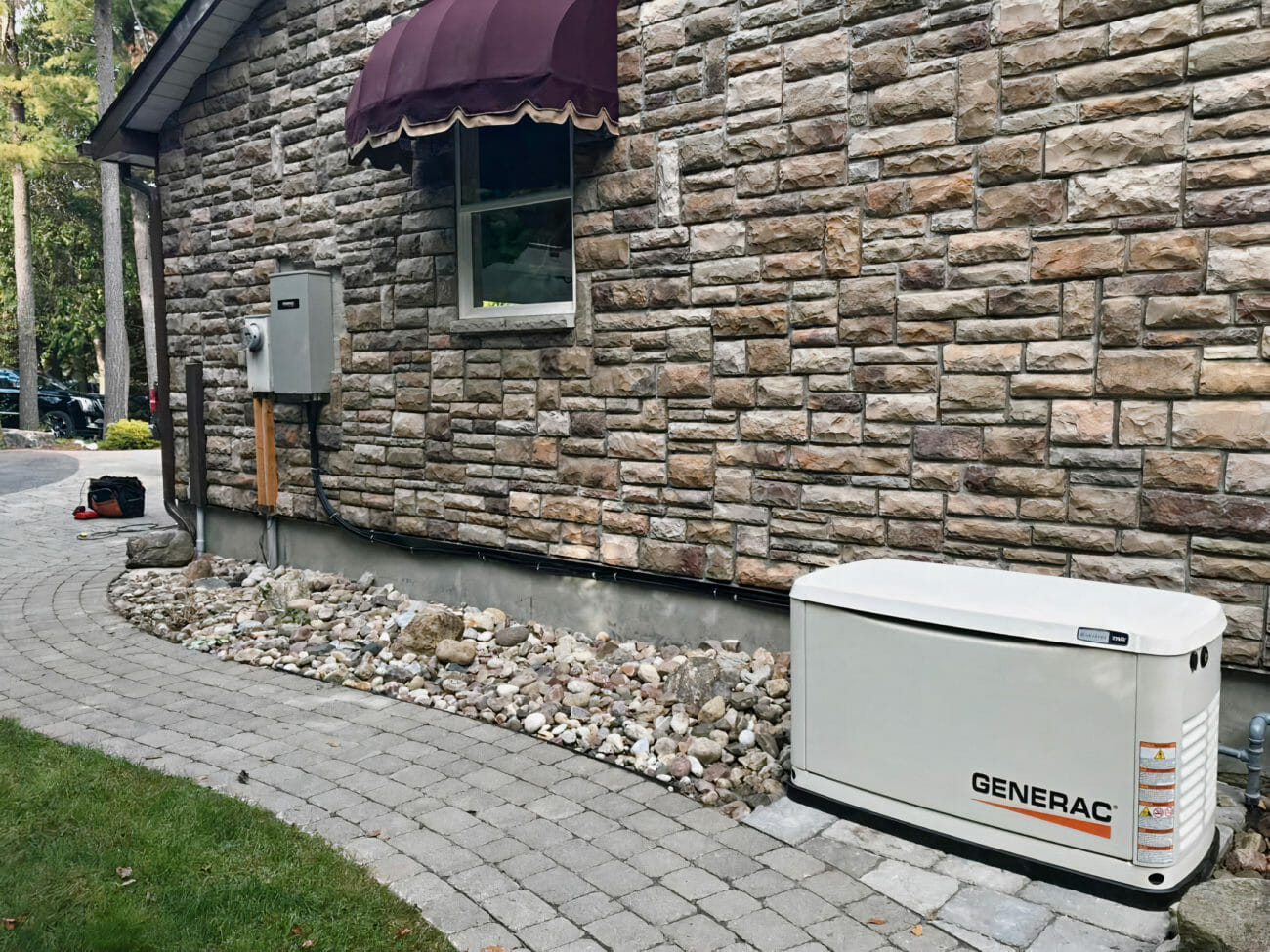
How Do I Install a Generator Transfer Switch?
If you’re handy you can install the switch yourself. But do not attempt this without a clear vision of your purpose and the right equipment. It’s not about fainting heart! It is advisable to have a licensed electrician install the switch.
But if you’re hellbent on doing it yourself, let’s start with the basics.
Be prepared before you pick up the tools and load up the truck. You’ll need a dedicated circuit breaker or fuse box for your generator, which will allow it to operate independently.
The largest generator in your area should be connected to the main breaker while the other generators should be connected to a separate breaker or fuses.
“A transfer switch ensures that no circuit can be connected to both the generator and the power lines (mains). This prevents the generator from backfeeding the power lines, which would be illegal and dangerous.”
Gary Novosielski – Montclair State University
Try to run heavy cables from the center to the generator and make sure they are long enough to stretch comfortably between two points. Be sure that all connections are made properly; there is no room for error.
Be sure you have enough room for the generator to start up properly. There should be a minimum of 2 feet on all sides of the generator and 10 feet from other sources of heat such as a water heater, furnace, or fireplaces.
This is especially important if you plan on going camping with it one day!
Fisher-Price does not have a corner on the market when it comes to wiring. If you’re not familiar with electrical wiring, do yourself a favor and hire a licensed electrician. It’s not worth risking life and limb.
Manual or Universal Transfer Switches?
Manual switch transfers work like traditional breaker boxes. A manual transfer switch means you flip the switch yourself by hand when a power outage occurs.
A universal switch automates this process and typically switches the power supply within 5 seconds.
Universal switches are also beneficial as they will automatically detect the utility grid’s power failure and switch back to the generator.
Some switches also contain a battery backup which might keep appliances running until power is turned off when the generator goes off. Universal switches will also automatically switch your home back to the electric grid when the power goes back on. A switch is important because.
If you can’t find a transfer switch at the store, you might be tempted to install a manual switch.
The main thing is that it’s really important that each cord is plugged into the right spot and that everything is attached properly before turning on your generator.
A universal transfer switch requires more setup and work than a manual transfer switch. Universal transfer switches can be purchased at most hardware stores, but manual transfer switches are sometimes only available through rental companies.
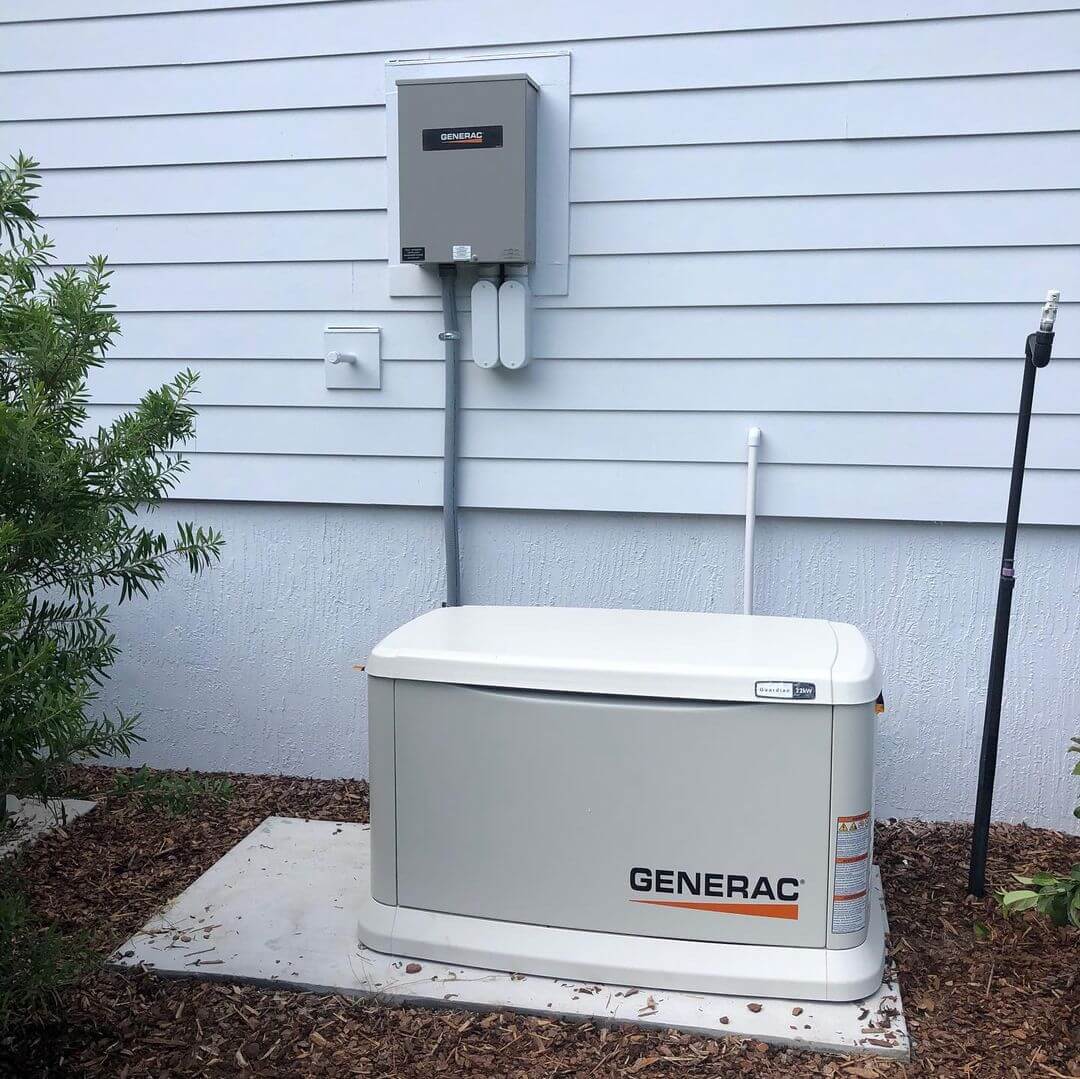
To Hook a Generator Up to Your House Without a Transfer Switch
Remember that this task can be dangerous for people who are not trained electricians, and is illegal in many US states.
It should not be done by amateur DIYers, and should only be conducted in emergency situations when dealing with extended power outages without the assistance of a qualified electrician.
With that said, you could always consider hiring a qualified electrician to install an interlock kit with a generator inlet plug and or automatic transfer switch if you’re after a carefree solution.
Note, you’d be expecting to pay an electrician around $300 – $500 to conduct these works, and that would be with an electrical compliance certificate.
So, with the safety precautions out of the way, let’s get to it and break down how to hook up your generator. Remember if you’re doing this yourself, do so at your own risk.
What You Will Need
An electrical tool kit. You will need tools like a drill, wrench, pliers, electrical tape, screwdrivers, and similar items. You may also need chisels, glue, and other common household tools.
Safety Gear
You will need work steel-capped work boots that ground your body, protective eyewear, a voltage stick, and some sturdy work gloves.
Electrical Multimeter
Test, test and if you’re not sure, test again. Never touch exposed wires without testing first using a voltage or multimeter. If you don’t have one, borrow or buy one. There are no second chances here and one good shock, and you’re done. So please get your hands on a multimeter and test it before you touch it.
Electric Wires
In most cases, you will need at least three sets of wires – at least 10 feet of 10-gauge wires. For beginners, it is best to get three different colors of wires, to prevent confusion
An Interlock Kit
The interlock kit generator inlet plug must match the specifications and model of your generator. An interlock kit is less effective but more affordable than a transfer switch
A Breaker
If your existing breaker box has several empty spaces, you may not need a new breaker, but most installations will.
Choose a breaker that matches the output of your generator and the demands of your home. For most homes, a 30 double amp breaker with two poles is sufficient, but make sure it’s compatible with your generator as well
An Inlet Plug
Depending on the size of your generator it will need to have a large round plug in order to be connected in this way.
The generator should indicate the amperage it is rated for, and make sure that your plug is compatible with your generator
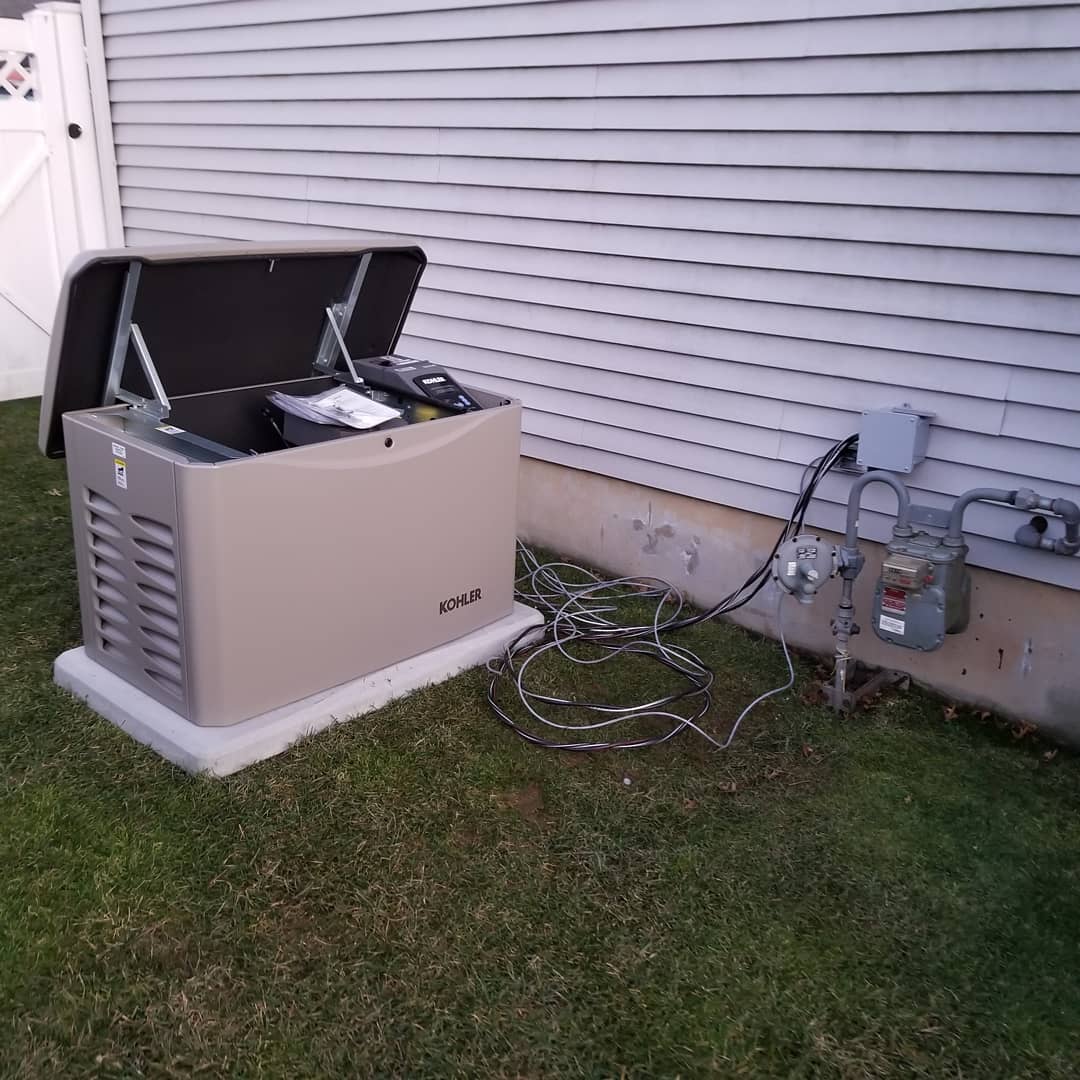
To Connect the Generator Power Outage – Follow These Steps
During your next power outage, simply use a cable to connect your generator to your new inlet plug, which will in turn connect to the breaker box.
But to do this correctly, you’re going to require an “interlock kit” which is a lot less complicated than it sounds. You might find a generator house hookup kit that includes everything mentioned here, but interlock kits are cheap, so don’t overspend.
In terms of gear, gadgets, and materials, here’s everything you have to get your hands on:
Here is the step-by-step process to operate your generator using a professional-grade tested interlock kit.
Step 1
Locate the access point and drill a hole in the wall of your house. This hole should be as far away from the generator as possible, and large enough to accommodate your incoming wires.
Step 2
Mount the power inlet to the exterior of your house. Locate it several feet away from the access hole you have drilled.
Step 3
Turn off your main power. It is extremely important to turn off the power at the main switch before proceeding.
Step 4
Assemble the conduit at the power inlet. Pass the wires one by one, and ensure that all connections are tight and secure.
Step 5
You’ll need to install the breaker retainer in the breaker box or have a qualified electrician install the new circuit breaker.
Step 6
Connect the inlet wires to the breaker retainer or to the new breaker and safely cover the breaker box from potential environmental damage.
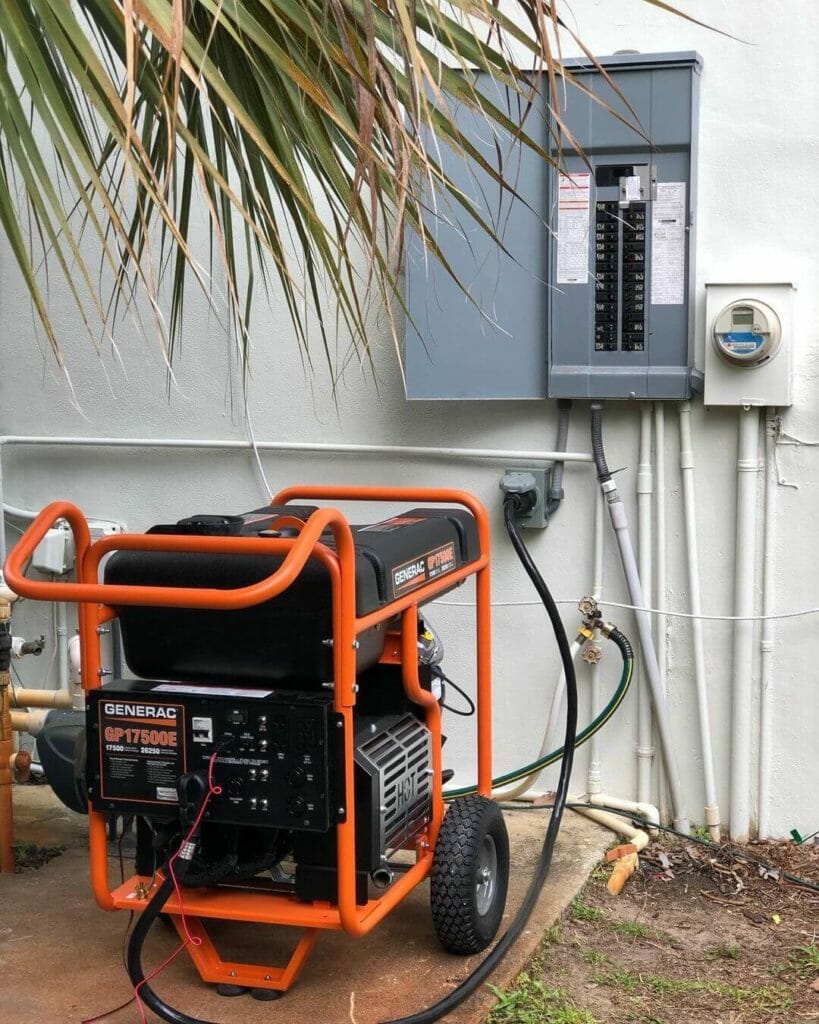
Easiest Way to Hook up a Generator to Your House
While using a generator without a transfer box is technically possible, it can be extremely hazardous and may be illegal in some US states. This goes for either a portable generator or a whole house generator.
However, generators with built-in automatic transfer switches like a standby generator can be far more expensive than a portable generator with a manual transfer switch.
So the easiest and cheapest way to hook up a generator to your house is via a manual transfer switch. That said, an interlock kit installed by a professional is the better option if cost is not a factor for you.
If you plan on using an interlock kit instead of a transfer box permanently, you should still have it installed by a professional electrician.
I’d recommend attempting the installation of the interlock kit yourself with extreme caution. Plus you should always have any electrical work you’ve conducted solo, inspected by a professional electrician.
Apart from the potential for electrical failure of electronic components, you’re likely going to run into problems with your insurance company if problems do arise.
Note, that this may allow you to save some money while still ensuring that you are using your generator safely and legally.
In Conclusion
Today, many of the best, most reliable home generators come with transfer switches, and they are decreasing in cost all the time. This makes adding a generator to your home a relatively simple process.
In an emergency, instead of installing your generator to your whole house, it is easier, safer, and more affordable to simply run high-quality extension cords from the generator to your necessary equipment.
That saves you from potentially illegal and risky installations. Hooking a generator up to your house, with or without a transfer switch, should always be done by a professional.

